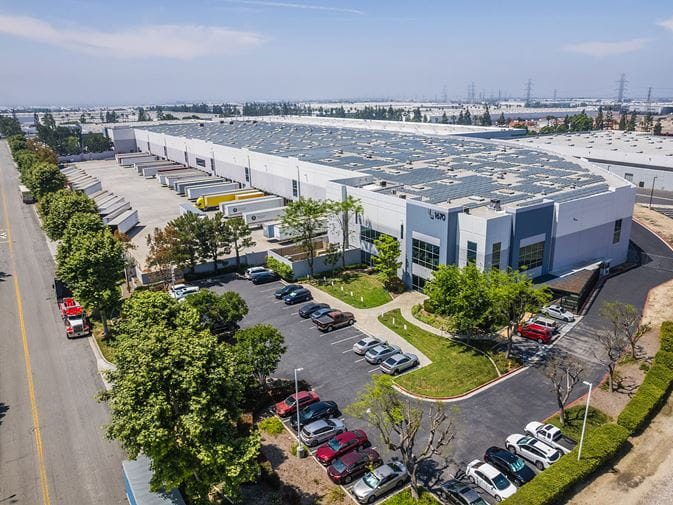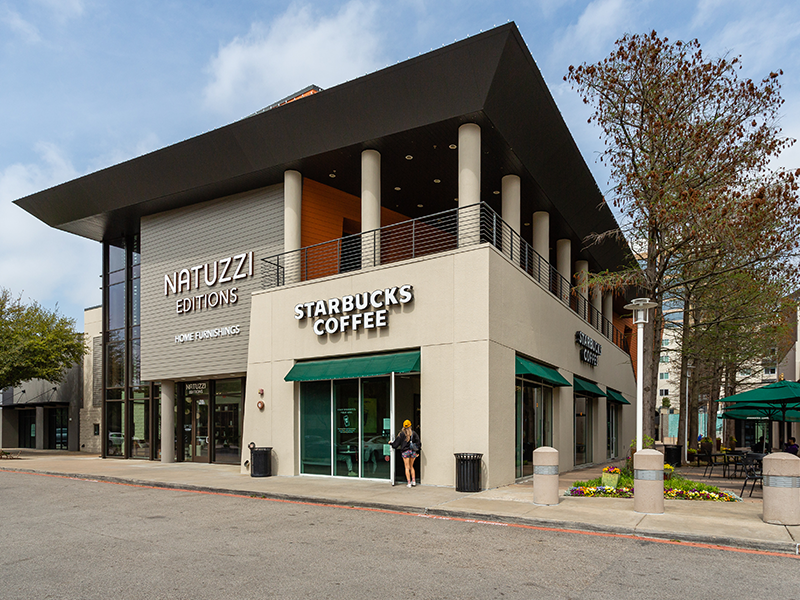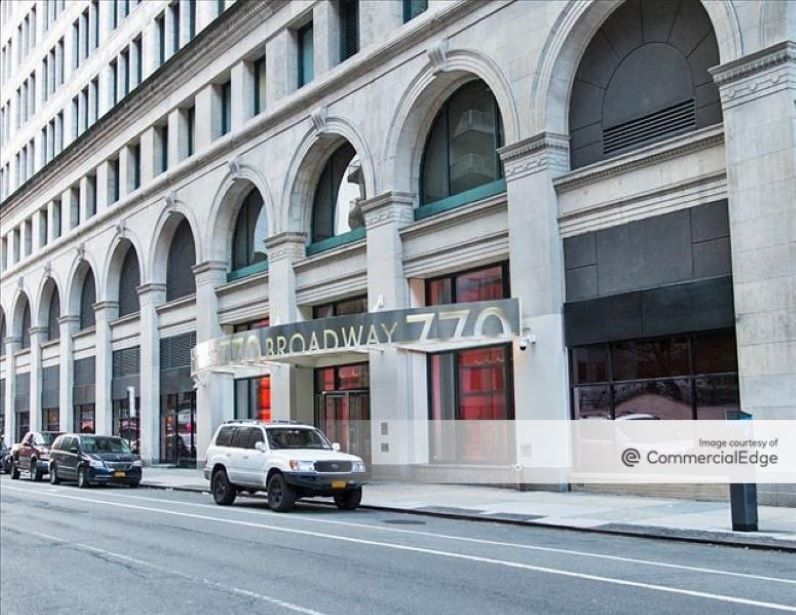What CRE Investors Should Expect: NAIOP Keynoter
Marci Rossell discusses the long-term implications of the pandemic-induced forces for the industry.
Looking at the U.S. economy through a commercial real estate lens, Marci Rossell, expert economic forecaster, former CNBC chief economist and co-host of Squawk Box, said during a keynote address at the NAIOP CRE.Converge conference in Chicago this week to expect more short-term pain, but a gradual economic rebound.
“I don’t believe the office is dead. The balance of power [between employers and employees] has permanently shifted. In terms of pure office worker space, the equilibrium will settle out, so the necessary footprint is 70 percent of what it was pre-pandemic.”
Rossell disputed that we are currently in a recession and called this a transition period.
“In order to truly experience a recession, a few other things have to happen: consumer spending has to outright decline, business activity and production have to decline. And not in just one area or one sector, but show decline everywhere, be broad-based.”
“The economy in the wake of COVID-19 delivered a very unusual set of circumstances. Inflation is at a 40-year high. Supply chains are disrupted globally, and the labor supply is tighter than many of us have seen it in our entire lives.”
READ ALSO: Foreign CRE Investors Weigh Opposing Forces
In light of this, the Federal Reserve is aggressively raising interest rates in an effort to bring economic conditions more in line with their long-run fundamentals. “In general, the U.S. economy over the long run is still characterized as what I’ll call a 2-2-2 world: 2 percent long-term growth, 2 percent inflation, and the appropriate Fed funds rate of 2-3 percent.”
Noting that commercial real estate is one of those industries that are dependent on the interest rate environment, Rossell predicted that the Fed would begin to reduce the key Fed Funds Rate by the middle of 2023.
“Once inflation hits 5 percent, in six months, the federal reserve will stop raising rates, at about the second quarter next year. The proper rate is a 2 percent fed funds rate,” but she noted, “the next six months is going to be really tough.”
Other economic headwinds include supply chain issues, and a demographic shortage of new workers entering the workforce.
Yet on the positive side, consumers are in better shape going into any downturn compared to where they were leading up to the Great Recession of 2008, Rossell said. Americans’ debt levels relative to their incomes are very, very low because they’ve saved so much over the last couple of years. “Back in June 2020, the savings rate in America hit 35 percent because we simply couldn’t spend money traveling or eating out.”
“So savings rates explode, and we go into this time where interest rates are rising, but personal balance sheets are in much better shape compared to where they were going into 2008,” Rossell said. And banks’ lending standards are completely different now than they were in 2005, 2006 and 2007.
“Even if house prices decline in the U.S., you still have so many people who have 20 percent down or, frankly, paid cash for their house, so you don’t have the panicked buyers who are rushing to sell. That’s what you’d need to have happen for house prices to decline.”
A tight labor market
“The most long-term issue I believe we’re facing as businesspeople is the difficulty of attracting workers,” Rossell said. She pointed out that COVID-19 escalated the retirement of baby boomers—roughly 1.3 million excess retirements happened during COVID-19.
“Is anyone out there having success hiring young people? Anyone? Where are these young people?” Rossell asked the crowd.
“Millennials, as a group, were a huge demographic bulge, and they entered the labor force in 2008, 2009, 2010, right into a nasty recession,” Rossell said. “It gave this impression that there were unemployed people everywhere and labor was easy to find, because this huge group came into the labor market when the economy was in the tank.”
But this demographic trend did not endure. Now, every year, there are hundreds of thousands fewer people turning 18 than a decade ago. Following this staggering statistic, Rossell clarified: “The young people, the reason you can’t find them is because they aren’t there. They’re never going to be there. The demographic fall-off in this country is enormous.”
What that means is the balance of power between employers and employees has permanently shifted. The five-day workweek is moving to a four-day work week, candidates are demanding flexibility, and if a company isn’t offering that, “They go, ‘Okay, fine, because there are 10 other people who want to hire me anyway,’” Rossell said.
“The pandemic moved us, it kind of drop-kicked us 10 years into the future in terms of the way we live, work and play.”








You must be logged in to post a comment.